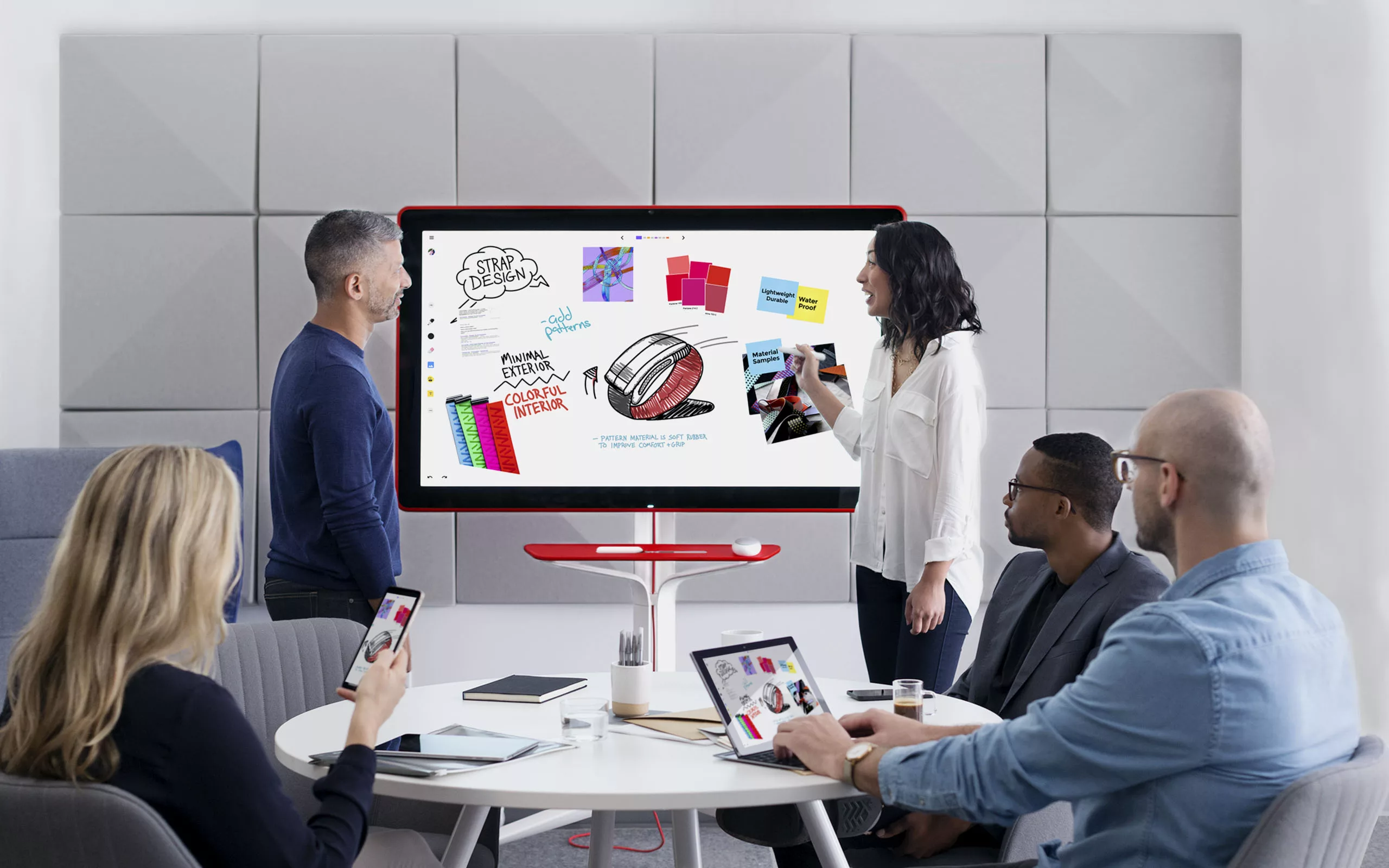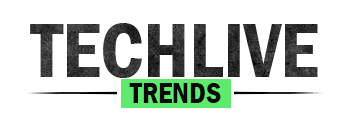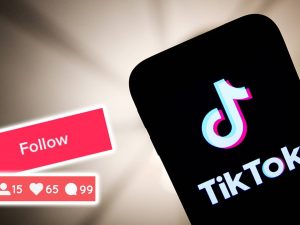
Google phasing out ‘Jamboard’ by late 2024, will integrate Miro, FigJam, other third-party whiteboard tools
Google has recently announced plans to phase out its Jamboard app, a collaborative whiteboarding tool, by late 2024. The tech giant has established a clear timeline for this transition to allow users ample time to adapt. According to the company, all Jamboard device license subscriptions, including those for educational institutions, will cease on September 30, 2024. Organizations with upcoming 12-month subscription renewals will have the option to renew their licenses until this date at prorated costs, and in the coming months, Google will provide Jamboard app users and admins clear paths to retain their Jamboard data or migrate it to FigJam, Lucidspark, and Miro.
Furthermore, beginning on October 1, 2024, users will no longer be able to create new Jams or edit existing ones across all platforms, including the web, iOS, and Android. The app will then enter a “view-only” mode between October 1, 2024, and December 31, 2024, allowing users to back up their existing Jam files on any platform, including the web, iOS, and Android. On December 31, 2024, the Jamboard application will be permanently discontinued, resulting in users losing access to their Jam files, which will be deleted.
“We’re committed to partnering with industry-leading companies to bring the most innovative collaboration experiences to Google Workspace. We’ve heard from our customers that whiteboarding tools like FigJam by Figma, Lucidspark by Lucid Software, and the visual workspace Miro help their teams work better together — specifically, the advanced features they offer such as infinite canvas, use case templates, voting, and more. Based on this feedback, we’ve decided to leverage our partner ecosystem for whiteboarding in Workspace and focus our efforts on core content collaboration across Docs, Sheets, and Slides,” Google said in its blog post on the matter.
If you are wondering why the Jamboard whiteboarding app will be shutting down, the answer is a simple one – it comes after an evaluation of customer feedback. It seems that users have expressed a preference for third-party whiteboard solutions like FigJam, Lucidspark, and Miro, primarily due to their advanced features, including an expansive canvas, predefined templates, and voting capabilities. And to address the evolving needs of its users, Google intends to integrate third-party whiteboard tools directly into the Google Workspace.
This integration will enable users to access these whiteboarding solutions during Google Meet sessions, while sharing content in Google Drive, and when scheduling events through Google Calendar. Moreover, these third-party whiteboard tools will also be available on Series One Board 65 and Desk 27 devices by Avocor, ensuring a smooth transition for users who rely on physical whiteboards, the company noted. Google will also offer support to help transition customers to use other whiteboard tools, including FigJam, Lucidspark, and Miro, as well as later notify admins of impacted Google Workspace customers and send receive more detailed information and instructions via email.
Google has also teamed up with Figjam by Figma, Lucidspark by Lucid Software, and Miro to provide tailored whiteboarding solutions suitable for students and educators at all educational levels. These partnerships aim to deliver comprehensive whiteboarding capabilities that enhance the teaching and learning experience. Additionally, the tech giant revealed that it intends to work “directly with educational institutions to compensate them for their Jamboard devices,” and this will occur on a partner-by-partner basis.


